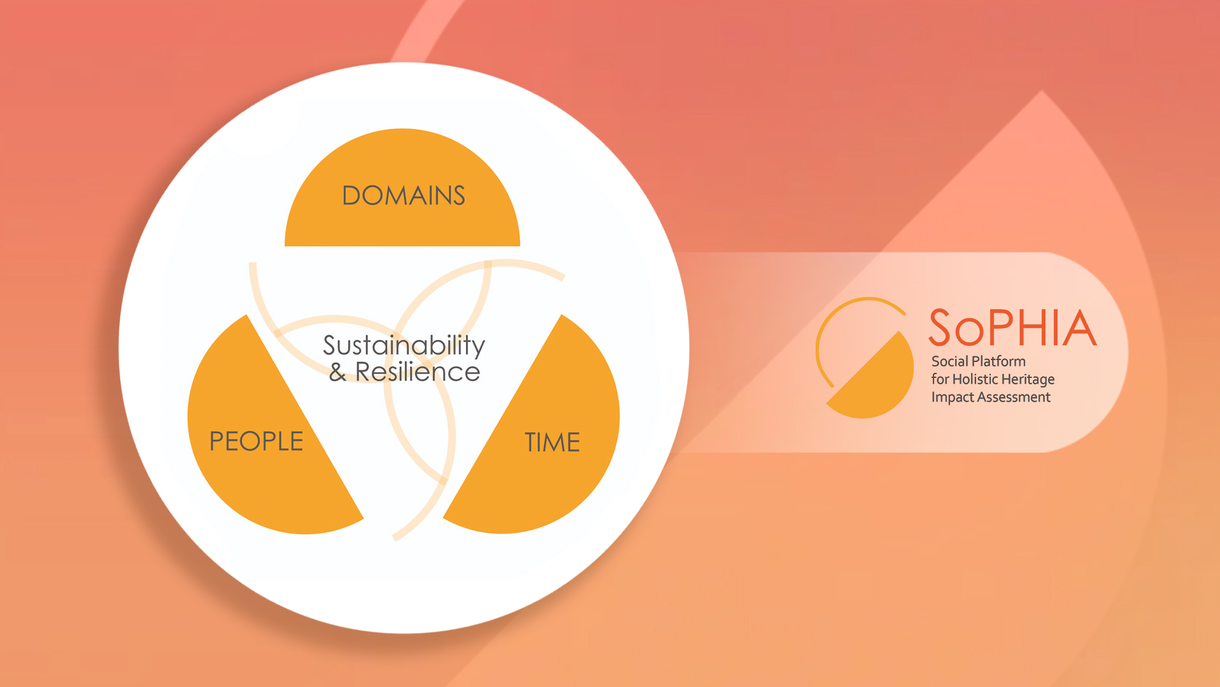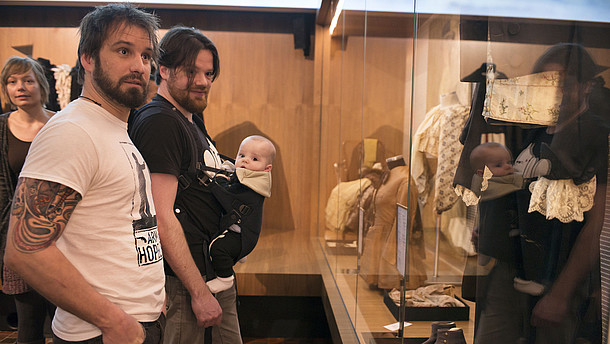The project SoPHIA - Social Platform for Holistic Heritage Impact Assessment is the result of a call by the EU funding programme Horizon 2020 for a social platform on the impact assessment and quality of interventions at European historical environments and cultural heritage sites.
The resulting impact assessment model considers three main themes:
- Domains since the quality of cultural interventions is cross-sectoral - focusing on relevant issues, including counter effects.
- People since the quality of cultural interventions are connected to people – focusing on different needs of promoters/ funders, beneficiaries/ audience, mangers etc.
- Time since the quality of cultural interventions creates a legacy – focusing on the key moments of the lifecycle of intervention (ex-ante, ongoing and ex-post).
The Holistic Heritage Impact Assessment Model facilitates an in-dept analysis of the kind of impact that has been produced by a cultural heritage intervention and considers how and for whom the impact was created. Sustainability and resilience lie at the core of the assessment model, which also considers people and time. The “People axis” gives a voice to the relevant stakeholders and the “time axis” considers at which stage of the intervention the assessment takes place (ex-ante, ongoing or ex-post). The model includes six domains that need to be considered when assessing a cultural heritage intervention. Rida Arif, EDUCULT, explained three of the domains, “Protection”, “Education, Creativity and Innovation” as well as “Quality of Life”, in more detail to exemplify how the model works.




